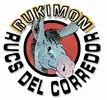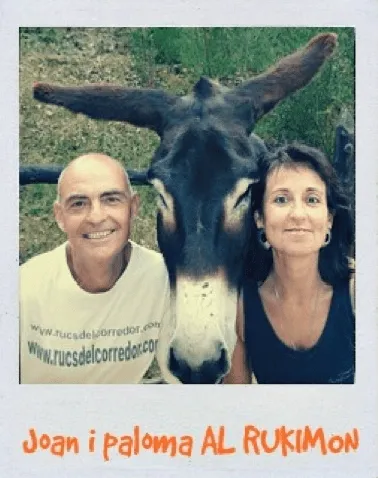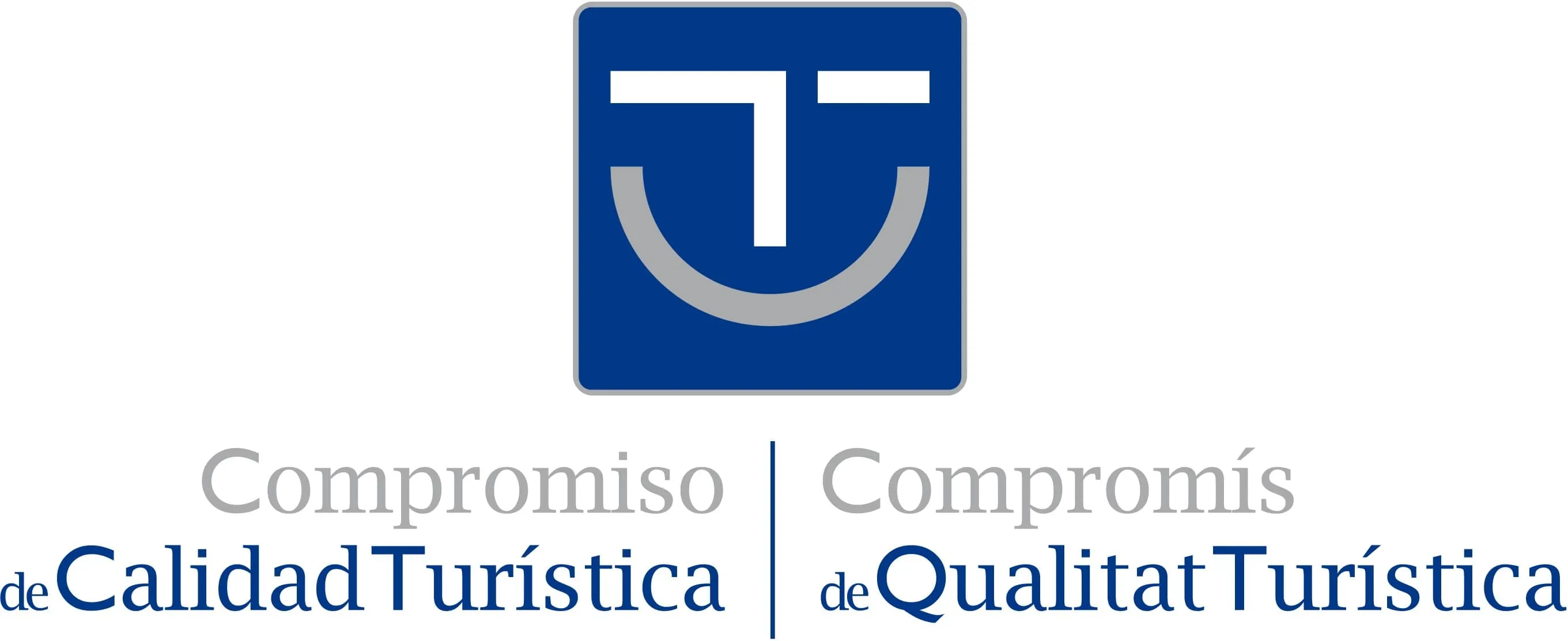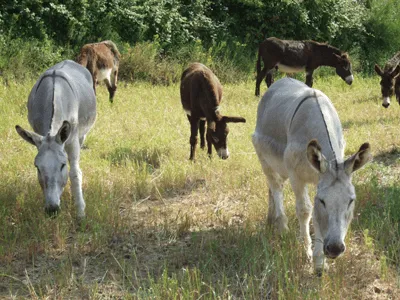Rucs del Corredor was founded in 1996 by Joan Compañó, Paloma Vicente and a group of
supporting friends. The aim was the conservation, recovery
and promotion of the donkey species.
In 1998 the Park became avaiable to the public,and actually the reserve is located in an estate with about 10 ha of
grassland and forest. The only inhabitants of the reserve are a herd of about 50-60 donkeys, the rest of the population
belongs to local native wildlife. It is the unique reserve in the whole country where you can see specimen from
the different breeds of our country, currently threatened with extinction.
During these years, the aim has always been to guarantee the continuity of the donkey breeds of the region.
Thus, Joan and Paloma have promoted selective breeding, without neglecting another important aspect, which is
the care for the donkeys and their reinsertion in productive sites within the present context. Paloma and Joan say:
"only their productivity guarantees their continuity".
About us
We have done a daily research work and, taking into account the donkeys' abilities, we have found out which activities
suit the best to the wide and divers expectations of our visitors (fun, leisure, entertainement,
enjoying nature, personal developement, teaching and educational programmes, cultural heritage routes...) and
which may contribute to dignify and bring out the donkeys' qualities.
If you take a stroll around this page you'll get an idea of the amount of activities, programmes and proposals
which make up the current offer of our enterprise and for which Rucs del Corredor continues to look after,
out of the desire to improve and to innovate day after day, consolidating at the same time the existence of these animals, which are our passion.




